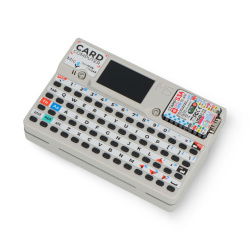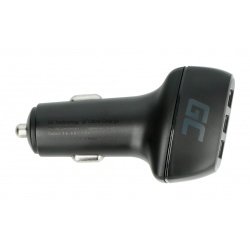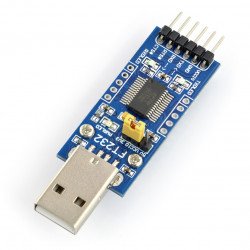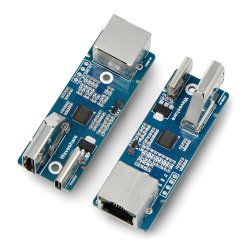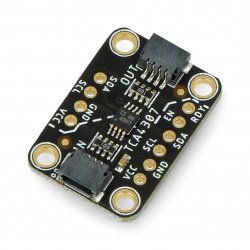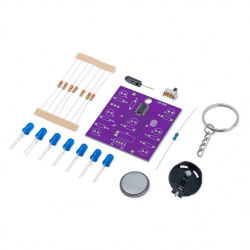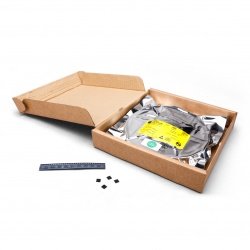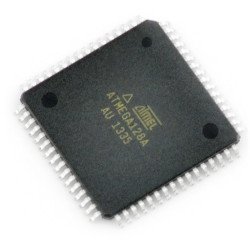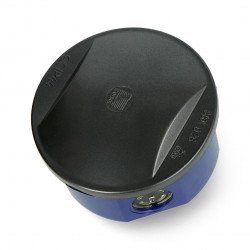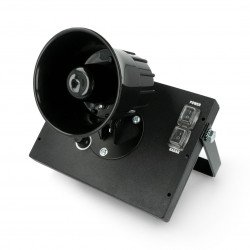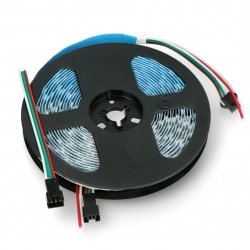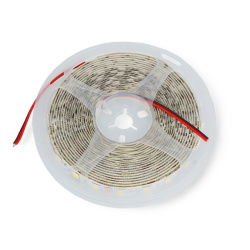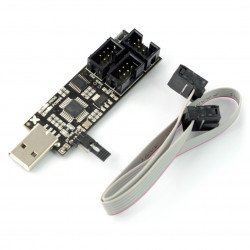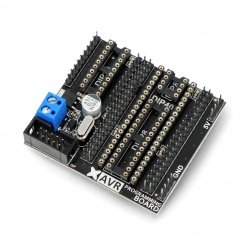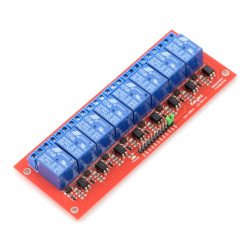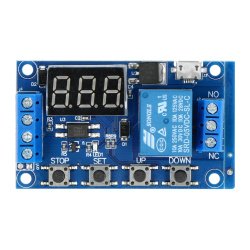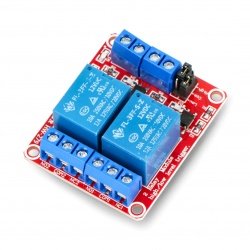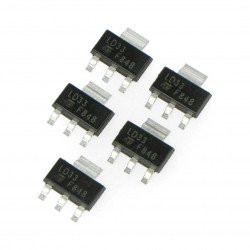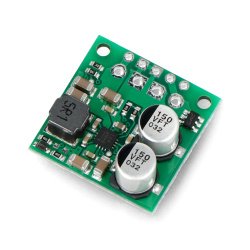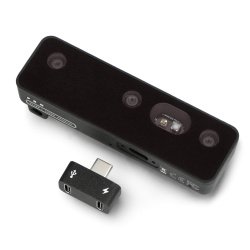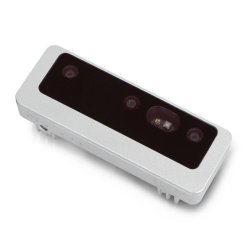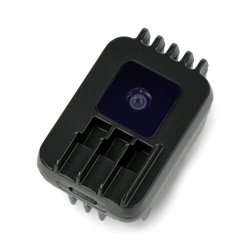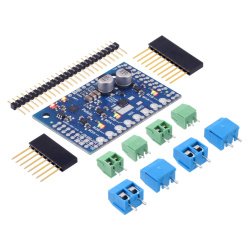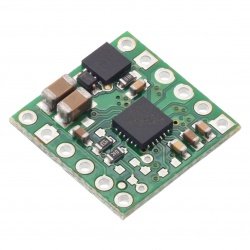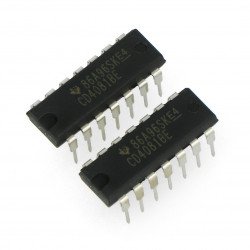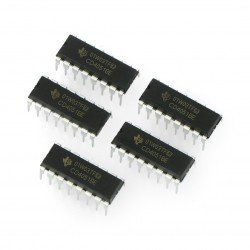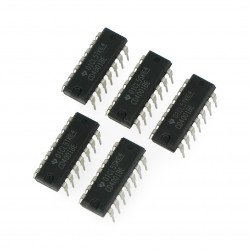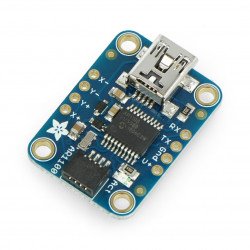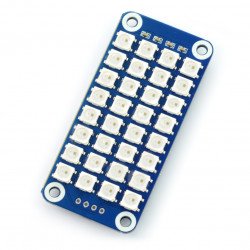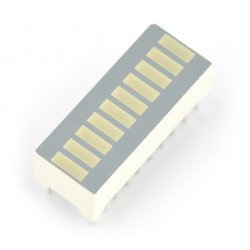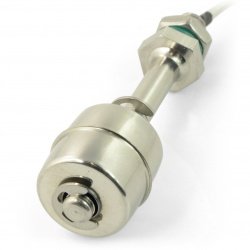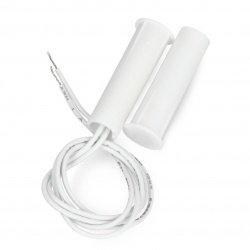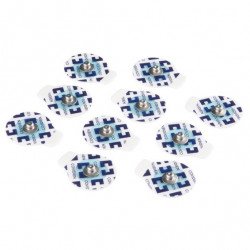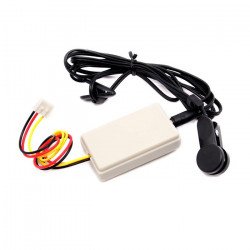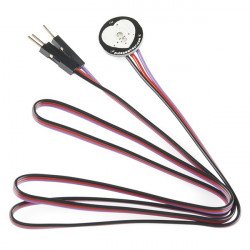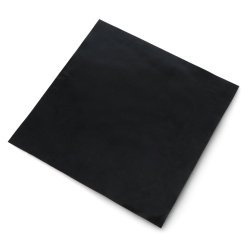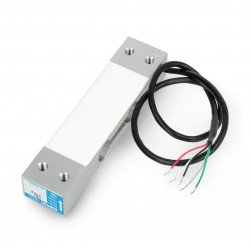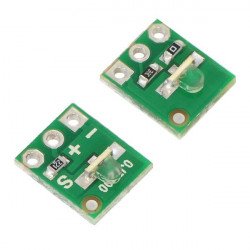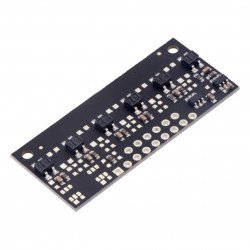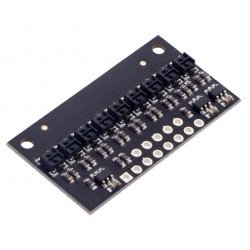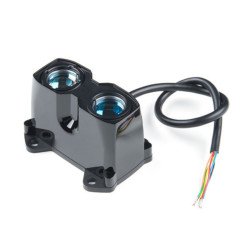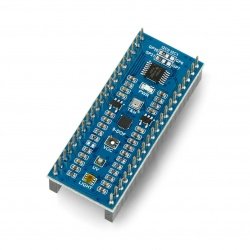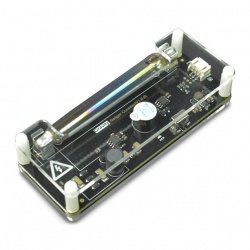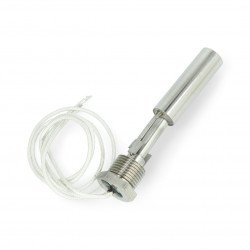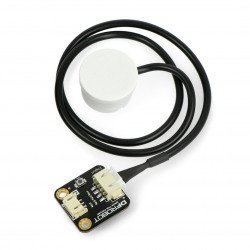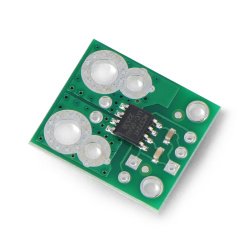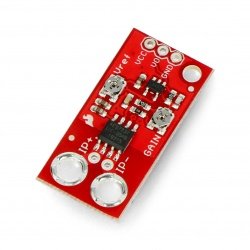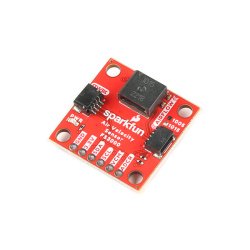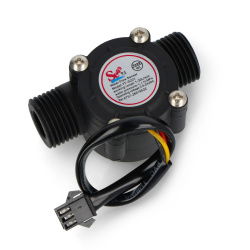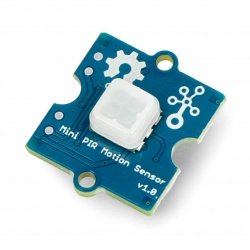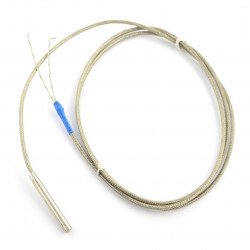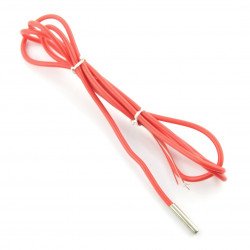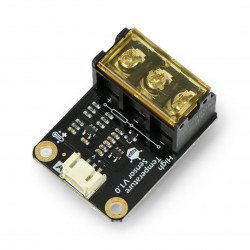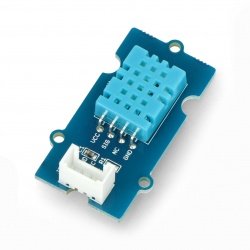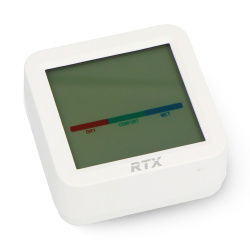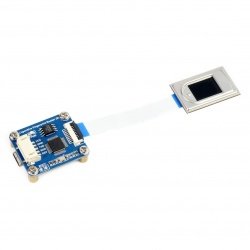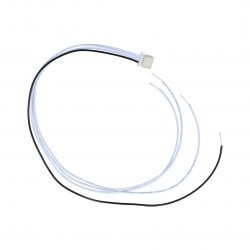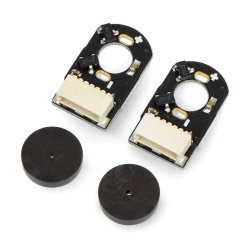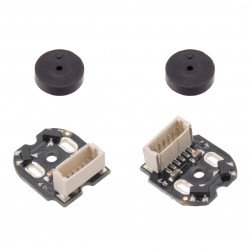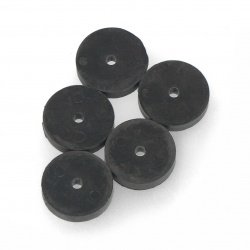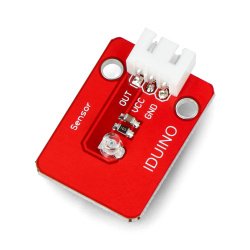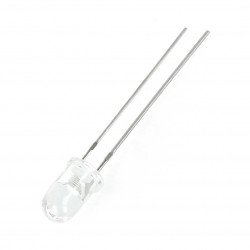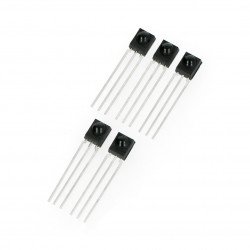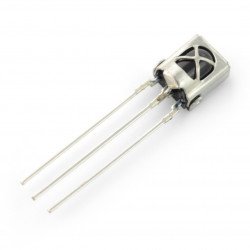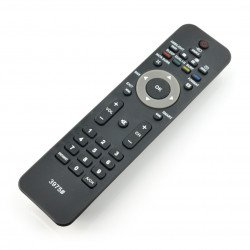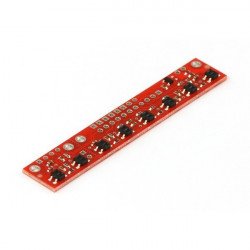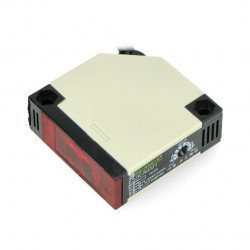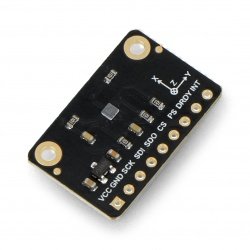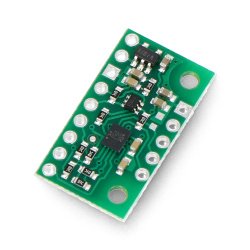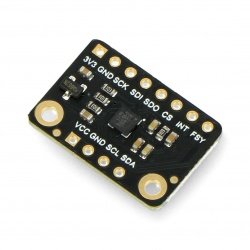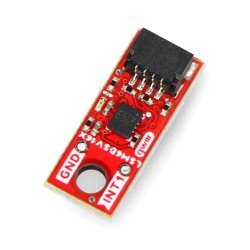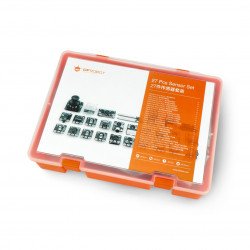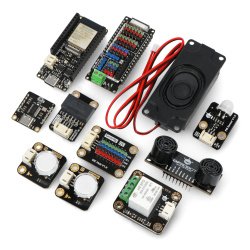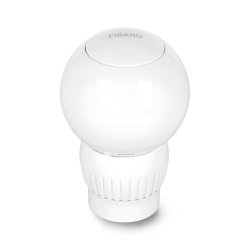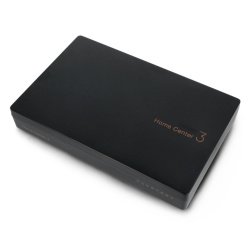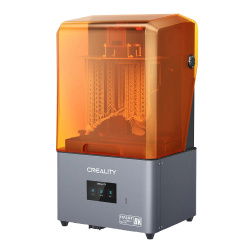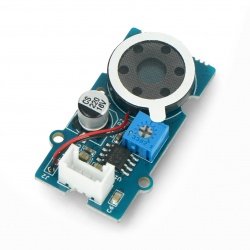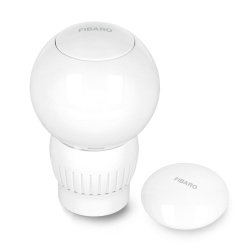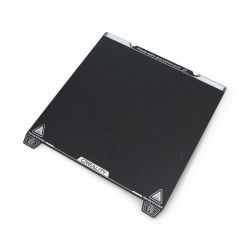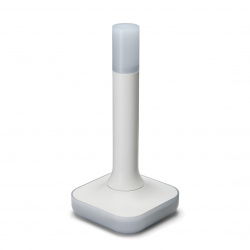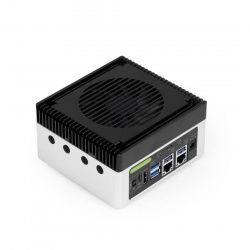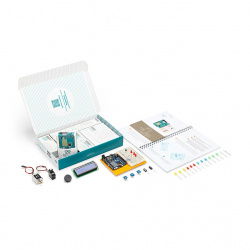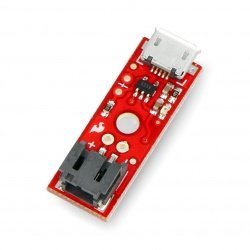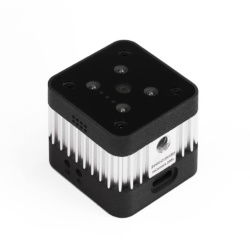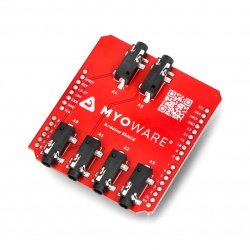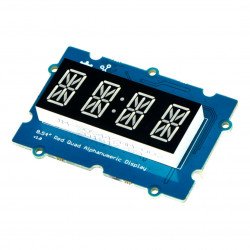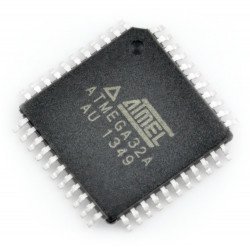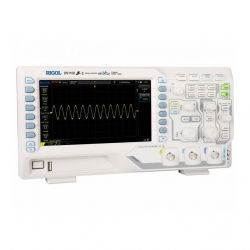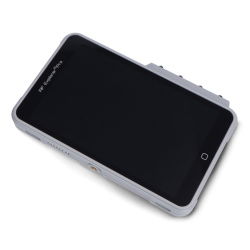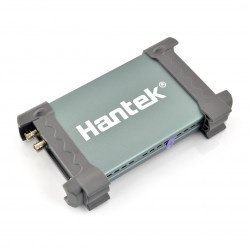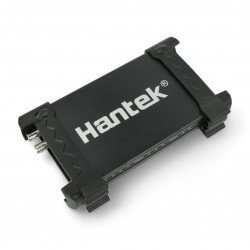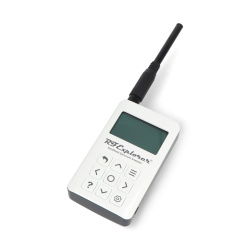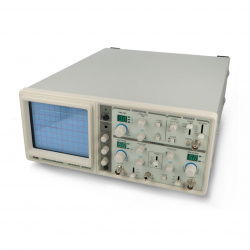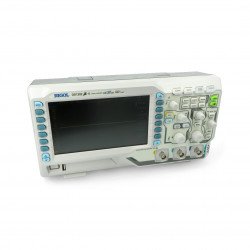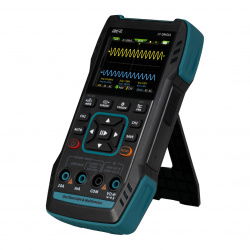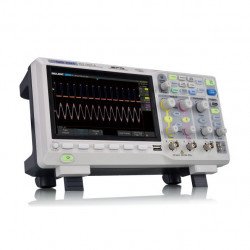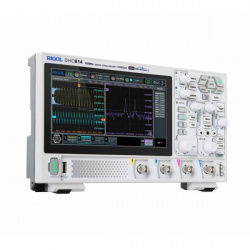Oscilloscopes are the basic measuring instruments used in electronics. They are known to all electronic engineers, both beginners and already experienced amateurs and professionals. The oscilloscope is used to observe deformed electrical waveforms and is also used to measure various parameters that relate to these waveforms. Nowadays digital oscilloscopes are used, the prototype of which was an analogue oscilloscope. They differ not only in the way and mechanism of operation, but also in the construction and precision of measurements. Digital oscilloscopes have a built-in sample memory and are used not only to measure periodic signals but also to observe random events, sometimes single pulses. A well-fitting oscilloscope enables the removal of the dynamic and static characteristics of electronic instruments. Moreover, with its help we can measure their phase shift. Which oscilloscopes are available in the Botland store?
Oscilloscopes
Joy-IT DSO-200 portable oscilloscope 200kHz 1 channel
DSO-200 is a modern, handheld digital oscilloscope designed with comfort and mobility in mind. With its ergonomic shape and integrated, foldable stand, the device is perfect...Oscilloscope Hantek 6022BE USB PC 20MHz 2 channels
Digital oscilloscope, dual channel, operating in the band up to 20 MHz. Provides a sampling rate of 48 MS/s, is connected to the computer via the USB port, has no LCD display....Portable RF spectrum analyser Explorer WSUB1G Plus - Slim + case
Portable, high-performance digital spectrum analyzer designed to operate in a wide frequency range from 50 kHz to 960 MHz . Compact and easy to use, it offers a wide range...NDN DF4321C analogue oscilloscope - 20MHz 2 channels
The NDN DF4321C analog oscilloscope is a robust and modern measurement tool with a 20 MHz bandwidth, two channels, and a high sensitivity of 1 mV/div . Thanks to the use of...- New
Mobile spectrum analyzer RF Explorer ISM Combo Plus - Slim
A small, powerful spectrum analyzer operating in the 50 kHz band and from 2.34 GHz to 2.55 GHz, enabling scanning of the popular 2.4 GHz frequency. The Slim version has...Osciloscope Rigol DS1202 Z-E 200MHz 2 channels
Advanced digital oscilloscope operating in the 200 MHz band. It is equipped with 2 channels , which work with sampling rate up to 1 GSa/s. It is equipped with 7-inch display...Oscilloscope Siglent SDS-1102CML+
Two-channel digital oscilloscope with a bandwidth of 100 MHz and a sampling rate of 1 GSa/s. Menu in Polish. Includes 2 oscilloscope probe, power cable, USB cable and CD with...Portable 3-in-1 oscilloscope with mutimeter and signal generator - Joy-IT OMS01
The Joy-IT OMS01 is an advanced 3-in-1 handheld diagnostic device that combines the functionality of an oscilloscope, digital multimeter, and signal generator. It has been...Oscilloscope Siglent SDS1202X-E 200MHz 2 channels
Digital oscilloscope, dual channel, operating in the range up to 200 MHz. Offering a sampling rate of 1 GS/s, it has an LCD display and an USB slot. The set has also two...Rigol DS1102Z-E 100MHz 2-channel oscilloscope
The Rigol DS1102Z-E digital oscilloscope is an advanced, dual-channel measurement tool with a 100 MHz bandwidth and a 1 GSa/s sampling rate . Equipped with a 7-inch...- New
Rigol DHO804 70MHz 4-channel oscilloscope
The Rigol DHO804 digital oscilloscope is a compact and modern device with four analog channels, 12-bit resolution, and a sampling rate of up to 1.25 GSa/s . Thanks to the...- New
Oscilloscope Siglent SDS 1104X-E 100 MHz 4 channels
Digital four-channel oscilloscope operating in the band up to 100 MHz. It offers a sampling rate of 1 GS/s, has a 7-inch LCD display and a USB port. Power cord, Warranty Card,...How does an oscilloscope work?
A modern digital oscilloscope is in fact an advanced, low-noise and extremely fast analog-to-digital converter , enriched with a number of additional circuits.
The principle of operation of the oscilloscope is quite simple: the device waits for the appearance of the appropriate voltage level (set by the user) or its change (drop, increase), i.e. the so-called triggering the acquisition (trigger).
From this point, the oscilloscope begins to record the voltage waveform in the form of samples, for a period of time determined by the "time base". The voltage waveform is displayed on the oscilloscope screen or sent to a computer via a USB cable. The sampling rate varies depending on the specific device model.
Oscilloscope capabilities and functions (sampling frequency and automatic measurement)
Depending on the settings, the oscilloscope can freeze the image for analysis or start displaying the next "frame" as a function of time.
The voltage recording, i.e. an oscillogram, can be used to measure the time and amplitude parameters of the signal, because the time between two recording points corresponds to the number of squares in the horizontal axis (e.g. 10 ms / division), and the amplitude - the number of squares in the vertical axis (e.g. 1V / plot).
Each digital oscilloscope has a number of additional functions , including a number of automatic measurements that show the user the frequency, rise and fall times and the average value of the signal - without the need to laboriously calculate sections on the instrument screen.
In addition, digital oscilloscopes differ in the number of channels, spectrum analyzer, touch screen or lack thereof, USB port (USB host) and the previously mentioned sampling rates.
Choose your model today!
The choice of an oscilloscope is determined not only by its price - depending on the projects you work on most often, other functions and parameters will be particularly useful for you. With the introduction of digital oscilloscopes, analog oscilloscopes are being used less and less. Modern digital oscilloscopes had the ability to store the waveform. In addition, they enable checking the frequency of the measured signal, as well as the signal itself. Additionally, functions such as the resulting voltage versus time graph ensure universal use.
Digital oscilloscopes – additional information
If you are looking for a device for servicing devices, choose one of the stationary oscilloscopes with a frequency band appropriate to the devices being repaired. In addition to the device, the set includes a power cord, user manual and optional accessories (e.g. USB cable).
In the measuring devices category, in addition to oscilloscopes, there are also universal meters (multimeters), function generators, resistance meters and other measuring equipment. We only offer a device characterized by high precision and repeatability of measurements.
Digital oscilloscope – application and additional information
For mobile applications, DSO Nano or DSO Quad will be an excellent choice - a pocket oscilloscope at an excellent price, providing all the most important functions of its larger brothers.
If you run simple systems using Arduino and are just starting your adventure with an oscilloscope - try BitScope Micro M5 with its incredibly small size and attractive price. Browse our online store and choose the oscilloscope of your dreams today!
If you have any questions about oscilloscopes or other devices and accessories available in our store, please contact us by e-mail, telephone or via the contact form.
Oscilloscopes - FAQ
Choose an oscilloscope that has enough bandwidth to capture the highest frequency signals. Remember the 5x rule - it's a good idea to choose an oscilloscope that, along with the probe, offers at least 5x the maximum signal bandwidth to get better measurements with fewer errors.
Oscilloscopes are used in the sciences, medicine, engineering, automotive and telecommunications industries. These are general-purpose instruments that are used for electronic equipment maintenance and laboratory work.
An oscilloscope is a basic measuring device for observing the shape and measuring parameters of variable signals. Its task is to measure periodic signals, random events and short-term impulses. We will receive the values in the form of samples.
Oscilloscopes can be divided into digital, PC (oscilloscope attachments working with a computer) and portable types. They are mainly characterized by frequency (in MHz or GHz), sampling (in MS/s or GS/s), number of channels (1, 2, 4) and possible additional functions.
The father of the oscilloscope is the German physicist Karl Ferdinand Braun. The invention dates back to 1897. The French engineer and physicist André-Eugène Blondel is the inventor of the electromechanical oscillograph and the system of photometric units of measurement. German engineer Jonathan Zenneck also contributed to the technology by examining the operation of radio circuits.
The cheapest oscilloscope in the Botland range, the Hantek 6022BE 20MHz two-channel digital oscilloscope , costs only a few hundred zlotys. In the same category you will also find Siglent oscilloscopes in the price range from approximately PLN 1,500 to over PLN 2,000.












































